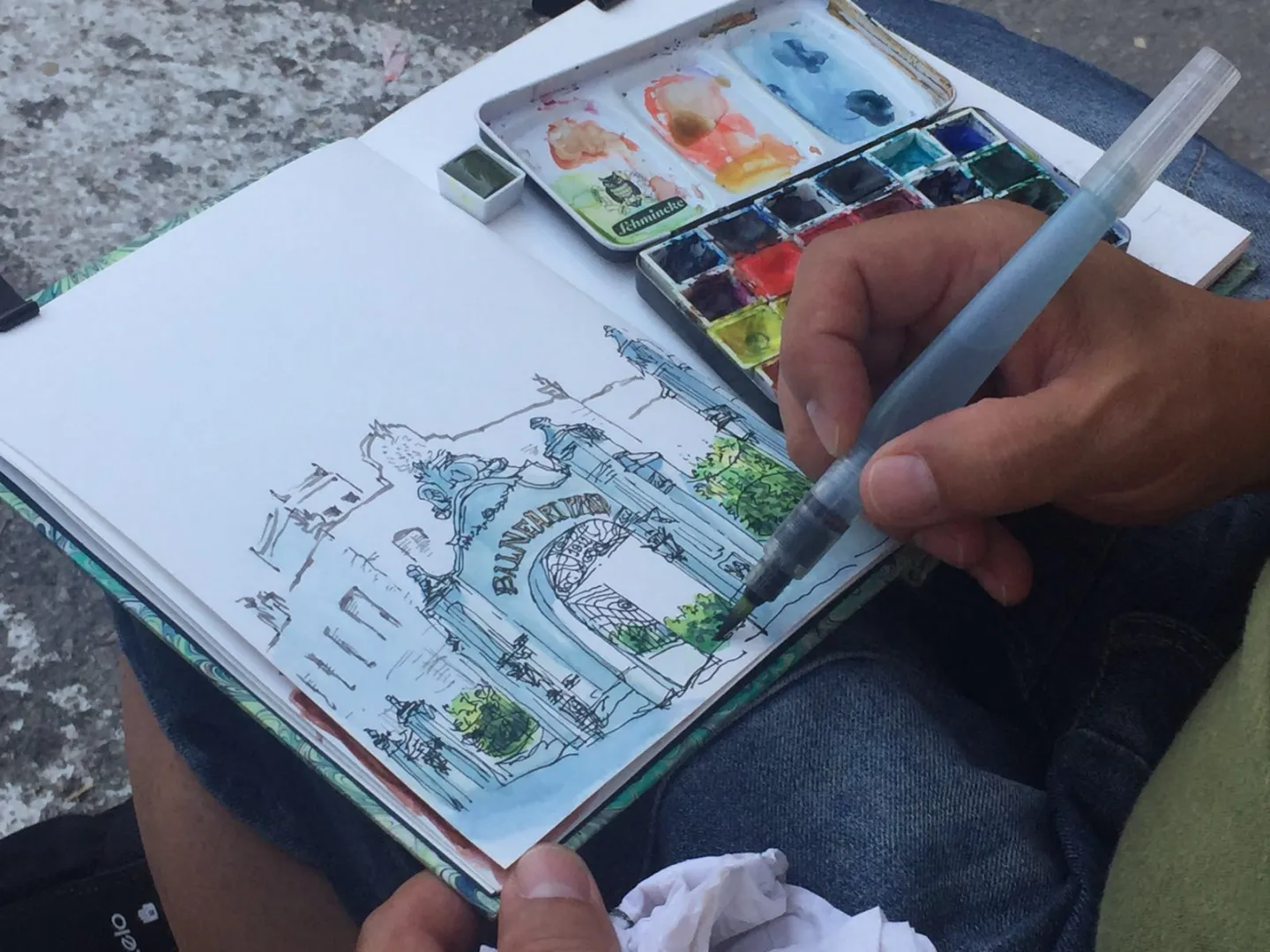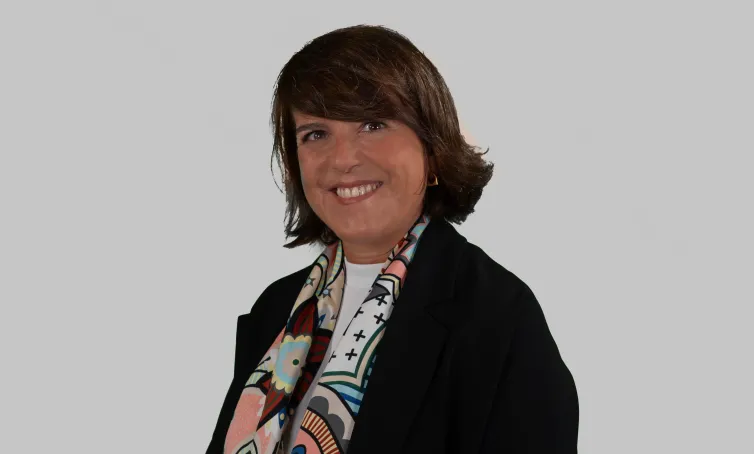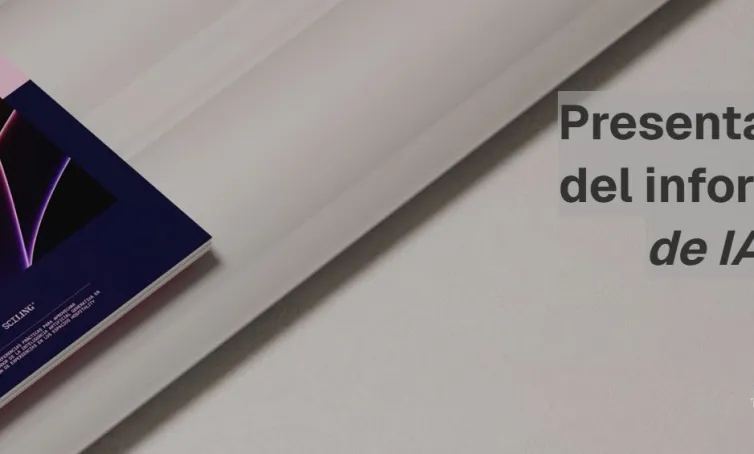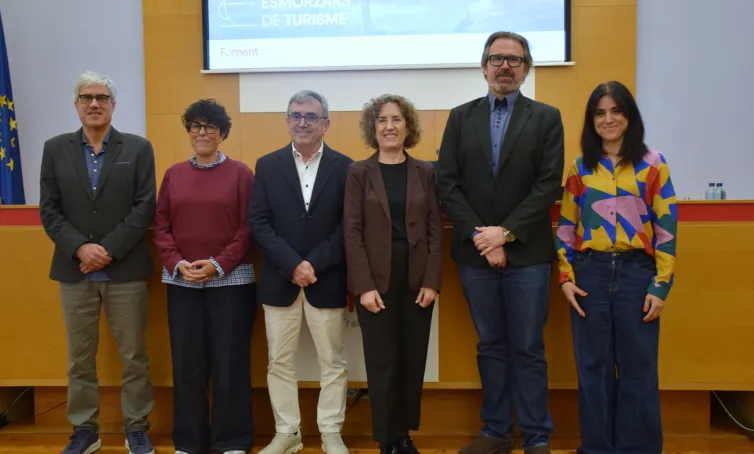Urban Sketching, a unique opportunity to travel from home

Over the past few days we have been able
to see how several online cultural initiatives that have been launched to
overcome lockdown are very different compared to their live versions. However,
any leisure activities we can do from home will always be a breath of fresh air
in these exceptional times.
Before the COVID-19 pandemic, travelling had become an indispensable experience for many people who, now, will have to rethink about destinations, how to travel and who to travel with. In any case, it is still possible to visit the most emblematic world cities from home in a special way, through Urban Sketching (USK). Urban Sketching is a community of sketchers from all over the world, ranging from amateurs to professionals, that encourage live sketching based on the observation of urban life with the motto “See the world sketch by sketch”. They may also sketch in groups, travel to other countries where they meet with other USK members and host meetings, all whilst sharing their sketches on social media.
The USK movement was created in 2007 by Gabriel Campanario, a Catalan journalist and illustrator who lives in Seattle. He observed the number of sketchers who posted their sketches on social media grow and he started a group on Flickr to create an alternative space to exhibit and promote their craft. However, in words of Dr. Alexandra Georgescu Paquin, professor and researcher for the CETT-UB TURCiT group (Grupo de Investigación en Turismo, Cultura y Patrimonio in Spanish) this movement is much older, since “throughout the history of art, many travels were motivated by the wish to visit monuments or ruins, mostly from the Classic periods. In fact, the history of tourism is intrinsically linked to art and the pictorial representation of natural and urban landscapes”.
The uniqueness of the USK movement
This is a unique experience that combines art, heritage, tourism and interculturality. Dr. Jordi Arcos Pumarola, professor and researcher at CETT-UB TURCiT says that “being able to transmit the landscape, heritage and life of a city, from this unique and creative perspective whilst sharing a personal view, makes USK sketches special. These sketches stand out in a world overloaded with similar images emanating from technology and social media” .
“USK sketches tell a story and add meanings that takes us closer to the individual experience of the sketcher”
Jordi Arcos Pumarola
![]()
Arcos points at the fact that considering the wide presence of smartphones “when we capture an image with our smartphone camera, we follow previous patterns and perspectives and we replicate almost in a ritualistic way, many images seen on Instagram, Facebook or other social media; we are only saying that we are in a place we consider attractive, the image is, therefore, exclusively objective. On the contrary, USK sketches add meaning, connotation; they reflect a personal and subjective reality, they tell a story and add meanings that, through the drawings, help us get close to the individual experience of the sketcher”
Georgescu adds that “this insight is more authentic; it comes from experience not from appearance”. She also points that, “this movement has become part of the trend experienced by cultural tourism which aims at detaching from passive contemplation to reach towards active participation, which would be the case of creative tourism. The 100,000 plus participants of the sketchers ‘network share the interesting parts of the creative process, which is further illustrated for example, by organizing workshops or editing urban sketching handbooks”.
In times of lockdown, many people have felt isolated, but many have also been able to defeat this feeling because of the many initiatives on social media which have helped them feel they belonged to an online community.
The sketchers community has encouraged the so-called Sketchnote Hangout, which, as the name explains, Georgescu says “is an hour long conference call meeting of around twenty sketchers from all over the world with the aim of exploring a collection or online exhibitions like the Rijksmuseum’s at Google Arts & Culture. These virtual visits meet the goals of gathering the community together and sharing, through visual notes, different perspectives of one same place, in a structured and supervised manner”.
Creative tourism, learning about new realities from a different perspective
Right now, creative tourism, artistic creation and tourism are more intertwined than ever and the experiences they provide are also changing. Georgescu explains “merely contemplating iconic symbols is still a very important part of the visitor’s experience; who wouldn’t visit Barcelona for the first time and not see Sagrada Familia? But this experience can be enhanced with a creative experience: for example, taking part in a ceramics course to learn how to make Gaudí’s characteristic mosaic, called trencadís, or in a cookery course to blend with locals and know the host culture from within. Similarly the Art Hives community matches travel with art and creativity, by helping host international visitors wishing to make an artistic creation”.
With regards to creative tourism, Arcos highlights that “if we understand travel as a break from routine, as Graburn conceived it, as a moment when we are able to look at the world from a different point of view, surely, we will be able to find inspiration to create whilst we travel”. Arcos adds “art establishes a dialogue with the visitor and influences him since it shows, firsthand, the values and ideas of the host place”.
Undoubtedly, it is worth discovering about USK and the relationship between tourism and art whilst we visit new cities and places we would love to go to and that we will have the chance to visit in the near future.
Illustration: Urban Sketchers in Barcelona (J. Ustrell, 2020)



